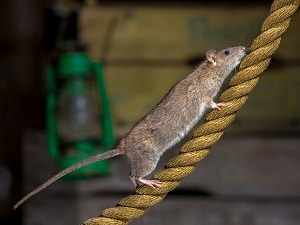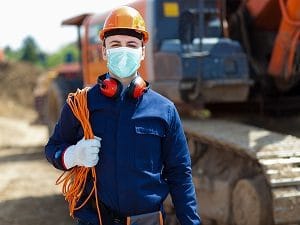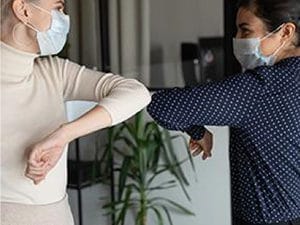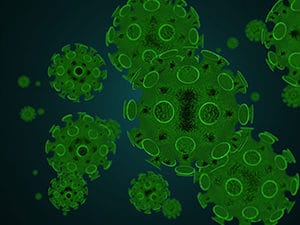Managing Hazardous Bird, Rodent and Other Animal Waste in Building Materials

Common sense tells us that animal waste such as excrement, urine, and carcasses in the buildings where we work and live is a health hazard.
But it isn’t easily preventable. Rodents, birds, lizards, insects, and other small creatures will eventually find their way into buildings through HVAC systems, sewage systems, foundation cracks and other openings, both during and after construction.
Most building owners who deal with animal waste will find that regular cleanup is easily manageable. However, in cases where regular cleanup hasn’t been performed or isn’t possible, unchecked amounts of animal waste can create unpleasant odors and an unsightly workplace, as well as a health threat to a building’s occupants.
Health Risks of Exposure to Animal Waste
Building occupants can be exposed to any of the following diseases from animal waste, including rodent and bird droppings.
Histoplasmosis is an infectious disease that is contracted by inhaling fungal spores found in animal waste. While not contagious, it can cause chronic lung disease and even death if it spreads to the rest of the body.
Psittacosis is a rare infectious bacterial disease that affects certain species of birds, including pigeons. Humans can be exposed to the bacteria after inhaling aerosolized excretions of infected birds, including dried droppings. If contracted, this disease produces symptoms that include fatigue, fever, rash, and chills.
Cryptococcosis is another infectious fungal disease typically contracted from inhaling airborne fungi found in bird droppings, particularly that of pigeons. The disease causes pneumonia-like symptoms in those infected. While rare, it can pose an increased risk to people with compromised immune systems.
Hantavirus exposure occurs primarily through inhalation or dermal exposure to the aerosolized virus found in rodent droppings, urine, or saliva. Inhalation usually occurs after waste has been disturbed through vacuuming or other activity. Exposure to hantaviruses can cause many diseases including pulmonary syndrome and hemorrhagic fever.
Salmonellosis is a common bacterial disease spread through exposure to Salmonella bacteria found in human and animal feces. Humans are most likely to be exposed to salmonella in food, however, there have been cases of exposure through animal feces.
Contact with bird or animal carcasses can cause exposure to bacteria that may lead to contraction of an entirely different set of diseases, including plague.
Animal Waste and Damage to Building Materials
Animal waste such as bird and rodent droppings are not only a threat to humans but can also cause structural damage to buildings. The uric acid in rodent and bird urine can cause a host of problems, including paint damage – also called “etching” – and corrosion to metal.
Damage to building masonry can be extensive if birds nest on window sills and other building ledges. Rodents that burrow into building insulation and choose to live there will contaminate insulation material with feces and urine, where it will eventually dry and can become airborne. And while locating bird droppings is more predictable, rodents can live in small, difficult-to-reach places inside a building, including electrical appliances, pipes, and framing.
Animal Waste and Hazardous Building Materials Assessment
Animal waste that has accumulated in a building, no matter the location or amount, should be promptly cleaned up to minimize human exposure. Omega Environmental Services has decades of experience assessing and disposing of hazardous building materials contaminated with animal waste. In addition, Omega can perform sampling on contaminated building materials to determine health risks to workers and building occupants.
For fast and effective disposal of animal waste in your building or construction site, call the experts at Omega Environmental. Or click on the link below for more information about hazardous material assessment and cleanup services.










